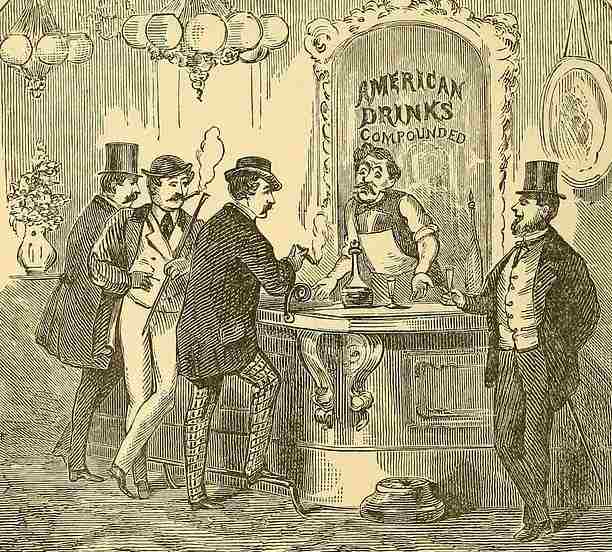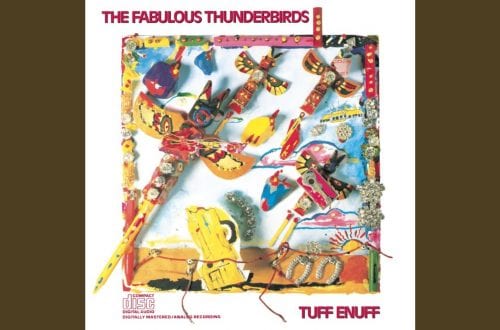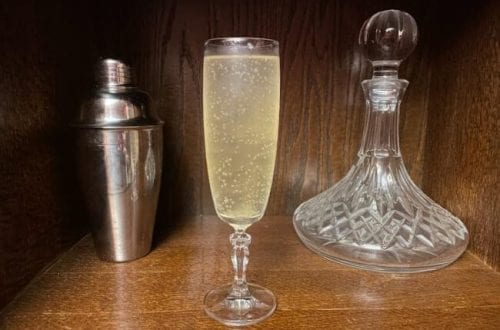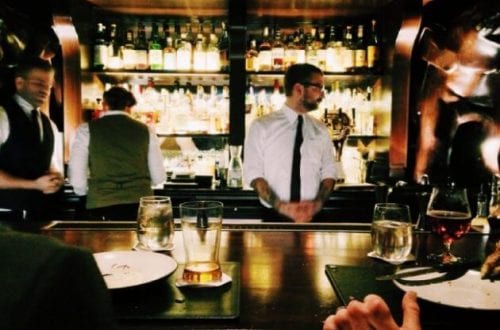
A Guide to Stop Bartender Theft
A busy bar’s bartenders handle a large amount of cash transactions and buckets of cash tips. Often these activities are outside the watchful eye of management making them ripe for the bartending thief. But what can be done to prevent this costly problem?
The best way to prevent theft behind the bar is through direct observation. Bar managers should spend ten minutes of every hour at the bar themselves helping out and observing staff. Be helpful by lending a hand in clearing dirty glasses from the bar top or pouring an order of draft beers, but pay attention to how the bar staff executes their duties. When you observe something out of place, calmly ask the employee why they carry out their duties in such a manner. Ask the question in a genuinely curious tone as it may simply be a case of needing to address a bar training issue. Consistently supervising staff, along with employing several tactics which we’ll cover, make it much more difficult to establish a culture of theft.
Today, we’ll look at some of the most common methods of theft behind the bar and how to combat it. Beyond personal experience, we also draw from a wonderful resource in Thomas Morrell’s book The Bar Manager’s Guide to Controlling Costs. You can pick up a copy of it here.
Common Methods of Theft
Under Ringing: when a bartender rings in only part of an order while charging the customer full price before pocketing the difference.
Under Pouring: where the bartender under pours the base spirit in a mixed drink.
Ringing in Lower Priced Items: where the bartender charges full price for a premium drink while ringing in the well version and pocketing the difference in value.
Abusing Voids/Spilltabs/Buybacks: where the bartender serves drinks pocketing all the money from them only to have management delete the item as a mistake, walk-out, or a buyback drink for a regular.
Open Check Transfers: where early tabs paid for in cash aren’t closed, so the items can be transferred to later tabs of similar items. The cash from earlier is pocketed and the transferred items are closed out under different customers.
Sneaking in Bottles of Liquor: where the bartender sneaks in a bottle of liquor they bought for say $15 bucks at a store. They slip the bottle into a speed well and pour off drinks from it, pocketing all the money. That $15 turns into $100 quickly.
Stealing Bottles: where bartenders, you guessed it, steal a bottle of booze.
Watering Down Liquor: where the bartender uses iced tea or water to top up whiskey or vodka so as to maintain liquor inventory and hide his theft.
Combating Methods of Theft
Under Ringing:
- Don’t allow bartenders to make change for their drawer out of the cash in the tip jar.
- Count the drawer post-shift with bartenders to detect any overages. More than twice, is not nice.
- Look for any abnormal amount of “No Sale” rings used by bartenders to open their drawers to make change.
- Apply and track pour cost analysis across the bar. (See below for an explanation.)
Under Pouring:
- Secret shoppers can be used to test the strength of the drinks poured.
- Apply and track a bartender productivity analysis measuring bartender sales per hour. This will usually take 6-8 weeks before you are able to notice any irregularities. (See below for an explanation.)
Ringing in Lower Priced Items:
- Apply and track pour cost analysis across the bar. (See below for an explanation.)
Abusing Voids/Spill tabs/Buybacks:
- Void requests should go through a formal process and be applied before a check has been closed out.
- Only managers should be able to clear out a void, spill tab, or buyback tab.
- A magnetic card should be the only way an item can be removed from a tab. No numerical codes which can be shared.
- Use a bartender’s total sales as a gauge on whether a buyback or spill tab is within range. If not, let the bartender know they’ll be paying for out of control spills or buybacks.
Open Check Transfers:
- Have bartenders close tabs through out shift so as to not have a bunch to close out before counting out their drawer.
- If a POS system, a digital register, is in place check for time codes on items not closed out for hours. If a beer was rung in at noon and not closed until late evening, then something is amiss.
Sneaking in Bottles of Liquor:
- Perform a quick bottle count inventory by an opening manager before open, another before evening shift begins, and a final one by the closing manager after close.
- Now perform one of these right after the suspected culprit has begun their shift to see if there are any extra bottles appearing behind the bar. Be accurate with your counts, before leveling any accusation of theft!
Stealing Bottles:
- Perform a quick bottle count inventory by an opening manager before open, another before evening shift begins, and a final one by the closing manager after close.
Watering Down Liquor:
- Secret shoppers can be used to test the strength of the drinks poured.
- Don’t allow bartenders to marry half-full bottles together, since this allows opportunities to tamper.
**Pour Cost Analysis = What is your cost per pour?
Serving Portion/Package Size = Z
Z x cost of package = cost of serving (represented by Y)
You apply these equations to each component of a cocktail. So you’ll perform this for the gin, sweet vermouth, and Campari in a Negroni. Add all these figures up and you have the cost of producing one Negroni based on it’s ingredients.
This figure will be used to set the price for the cocktail so as to account for your overhead costs of the bar’s operation. In order to account for say labor, insurance, dishwashing, glassware, etc. To cover all this, let’s say you want the price of the cocktail to be four times the ingredients only cost of Y.
So, 4 x Y = set cost of the cocktail. This is what you’ll use for your pour cost analysis.
**Bartender Productivity Analysis
Start with bar staff productivity:
Bar Staff Productivity = Total Bar Gross Sales for the Week/Total Bartenders’ Payroll Hours Worked for the Week
Now compare this figure with each bartender’s productivity.
Bartender Productivity = Shift’s Gross Sales / Total Hours the Bartender Work for the Shift
Calculate day shifts separate from night shifts as their numbers vary sharply. Apply this tracking for at least 6 to 8 weeks. These numbers will reveal who’s pulling their weight behind the bar and who may be stealing.
Now take this knowledge of thievery and protect those profit margins!





